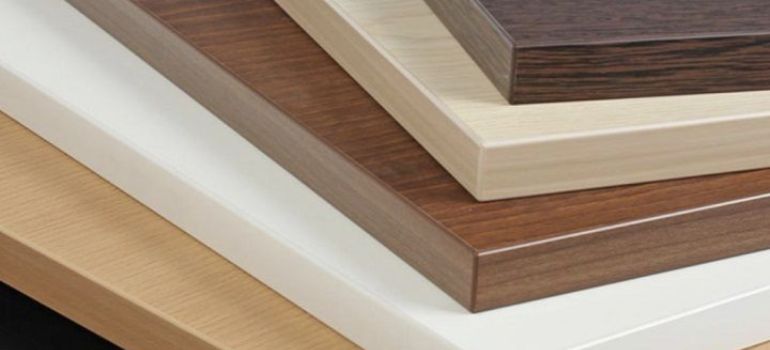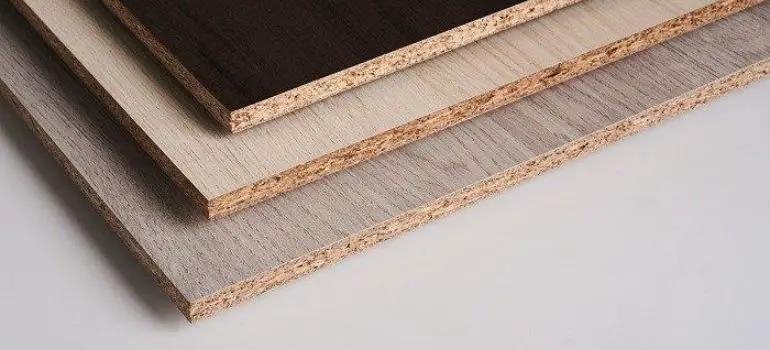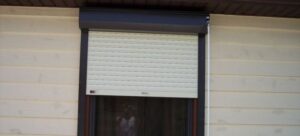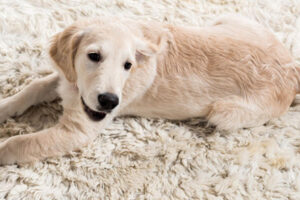Introduction
Linoleum adhesive can leave a sticky residue on particle board, making it essential to remove it properly. This guide will walk you through various methods to safely and effectively eliminate linoleum adhesive from your particle board surfaces.
Gather Your Supplies
Before starting, gather the following supplies:
- Putty knife or scraper
- Chemical adhesive remover
- Heat gun
- Sandpaper (80-grit and 120-grit)
- Safety goggles
- Respirator mask
- Gloves
- Rags
- Bucket of warm, soapy water
- Clean cloth
- Finish (if required)
Safety Precautions
Safety should be your top priority during this process. Make sure to wear safety goggles, a respirator mask, and gloves to protect yourself from any potential hazards, such as dust and chemical fumes.
Preparing the Work Area
Before you start working on removing linoleum adhesive from particle board, take the following steps to prepare the work area:
- Clear the area of any obstacles or items that may get in your way during the process.
- Ensure that the work area is well-ventilated by opening windows and doors. Adequate ventilation helps disperse any fumes or dust that may be generated during the removal process.
- To protect the surrounding surfaces and floor from dust and debris, lay down drop cloths or plastic sheets.
Initial Assessment
Examine the linoleum adhesive to determine its condition. Is it still pliable, or has it hardened over time? This assessment will help you choose the most suitable removal method.
Softening the Adhesive

If the linoleum adhesive on your particle board is still pliable, you can follow these steps to soften it further:
- Heat Gun Method: Use a heat gun. Hold the heat gun at a safe distance from the adhesive to avoid scorching or damaging the particle board.
- Even Heat Application: Move the heat gun back and forth over the adhesive in a slow and even motion. The heat will gradually soften the adhesive, making it easier to remove.
- Test Softness: Periodically touch the adhesive with a gloved hand to check its softness. Be cautious not to touch it directly, as it can be hot.
- Proceed with Removal: Once the adhesive becomes more pliable, proceed to the next step, which involves scraping it off using a putty knife or scraper.
Scraping Off the Adhesive
Once you have successfully softened the linoleum adhesive, you can proceed with the removal process using a putty knife or scraper. Here are the steps to follow:
- Position Your Tool: Hold the putty knife or scraper at a low angle to the particle board surface. This angle will help you avoid gouging or scratching the wood while effectively removing the adhesive.
- Begin Scraping: Start at one edge of the softened adhesive and gently slide the putty knife or scraper underneath it. Apply steady but gentle pressure, moving in a slow and controlled manner.
- Work in Sections: Divide the adhesive-covered area into smaller sections to make the process more manageable. Focus on one section at a time, ensuring that you remove as much adhesive as possible before moving on to the next.
- Avoid Force: Do not use excessive force when scraping. Instead, allow the softened adhesive to lift gradually. If you encounter stubborn spots, you can reapply heat using the heat gun to further soften them.
- Collect Residue: As you scrape off the adhesive, collect the residue with a rag or paper towels to prevent it from spreading or reattaching to the particle board.
- Inspect Your Progress: Periodically inspect the particle board surface to ensure that you are effectively removing the adhesive without causing damage.
- Patience is Key: Be patient and methodical in your approach. Rushing can lead to mistakes or damage to the particle board.
Chemical Adhesive Removers
For stubborn adhesive that won’t budge, consider using a chemical adhesive remover. Follow the manufacturer’s instructions carefully and use it in a well-ventilated area.
Heat Gun Method
The heat gun method is a useful technique for softening stubborn linoleum adhesive on particle board. Follow these steps to effectively apply this method:
- Safety Precautions: Before using a heat gun, ensure that you are wearing safety goggles, a respirator mask, and gloves to protect yourself from the heat and any fumes that may be generated during the process.
- Heat Gun Selection: Choose an appropriate heat gun with adjustable temperature settings. Start with a lower temperature setting and increase it gradually as needed.
- Maintain Distance: Hold the heat gun at a safe distance from the adhesive. A distance of 2-4 inches is generally recommended to prevent scorching or overheating.
- Even Heat Application: Move the heat gun back and forth over the adhesive in a slow and even motion. Avoid concentrating the heat in one spot for too long to prevent damage to the particle board.
- Observe Softening: As you apply heat, keep an eye on the adhesive. It should gradually soften and become more pliable. You can test its softness by gently touching it with a gloved hand.
- Scrape Off Adhesive: Once the adhesive has softened sufficiently, use a putty knife or scraper to gently lift and remove it from the particle board. Start at one edge and work your way across the adhesive-covered area.
- Work in Sections: Divide the adhesive-covered area into manageable sections and focus on one at a time. This approach ensures thorough removal without rushing the process.
- Reapply Heat as Needed: If you encounter areas where the adhesive remains stubborn, you can reapply heat using the heat gun to further soften it.
- Collect Residue: As you scrape off the adhesive, collect the residue using a rag or paper towels to prevent it from spreading or reattaching to the particle board.
- Inspect Your Progress: Periodically inspect the particle board surface to ensure that you are effectively removing the adhesive without causing any damage.
Sanding the Surface
After removing the adhesive, sand the particle board surface with 80-grit sandpaper to smooth out any remaining residue or imperfections. Follow up with 120-grit sandpaper for a finer finish.
Cleaning and Smoothing
After successfully removing the linoleum adhesive from your particle board, it’s essential to clean and smooth the surface for a polished finish. Follow these steps:
- Wipe Down with Warm, Soapy Water:
- Dampen a clean cloth with warm, soapy water.
- Gently wipe down the entire particle board surface to remove any remaining adhesive residue, dust, or dirt.
- Pay extra attention to areas where adhesive may have left behind sticky residue.
- Rinse with Clean Water:
- After wiping with soapy water, rinse the cloth with clean water.
- Wipe down the particle board again to remove any soap residue.
- Allow to Dry Thoroughly:
- Leave the particle board to air dry completely. Ensure there is no moisture left on the surface before proceeding.
- Inspect for Smoothness:
- Once the board is dry, inspect it for any remaining rough patches or imperfections.
- If you find rough spots, use 120-grit sandpaper to gently sand the surface in the direction of the wood grain until it feels smooth to the touch.
- Remove Dust:
- After sanding, use a clean cloth to remove any dust created during the sanding process.
- Final Inspection:
- Carefully inspect the entire surface to ensure it is smooth, clean, and free from any adhesive residue or imperfections.
Inspecting the Particle Board
Inspect the particle board for any damage caused during the removal process. If there are gouges or deep scratches, consider filling them with wood filler and sanding them smooth.
Applying a Finish
Depending on your project, you may want to apply a finish to the particle board to protect and enhance its appearance. Choose an appropriate finish and follow the manufacturer’s instructions.
Maintenance Tips
To ensure your particle board remains in good condition, avoid exposing it to excessive moisture, and use furniture pads or coasters to prevent scratches and dents.
Conclusion
Removing linoleum adhesive from particle board may seem like a daunting task, but with the right tools and methods, it can be accomplished safely and effectively. Follow the steps outlined in this guide to ensure your particle board surfaces are free from sticky residue, ready for your next project.
FAQs
Yes, a hairdryer can be used, but a heat gun is more effective due to higher temperatures.
Absolutely. Safety goggles, a respirator mask, and gloves are essential to protect yourself from fumes and skin contact.
It’s possible, but it’s essential to remove all adhesive thoroughly to prevent future issues.
A clear polyurethane finish is a popular choice for protecting particle board and enhancing its appearance.
Regularly inspect and clean your particle board furniture as needed to ensure its longevity and appearance.



